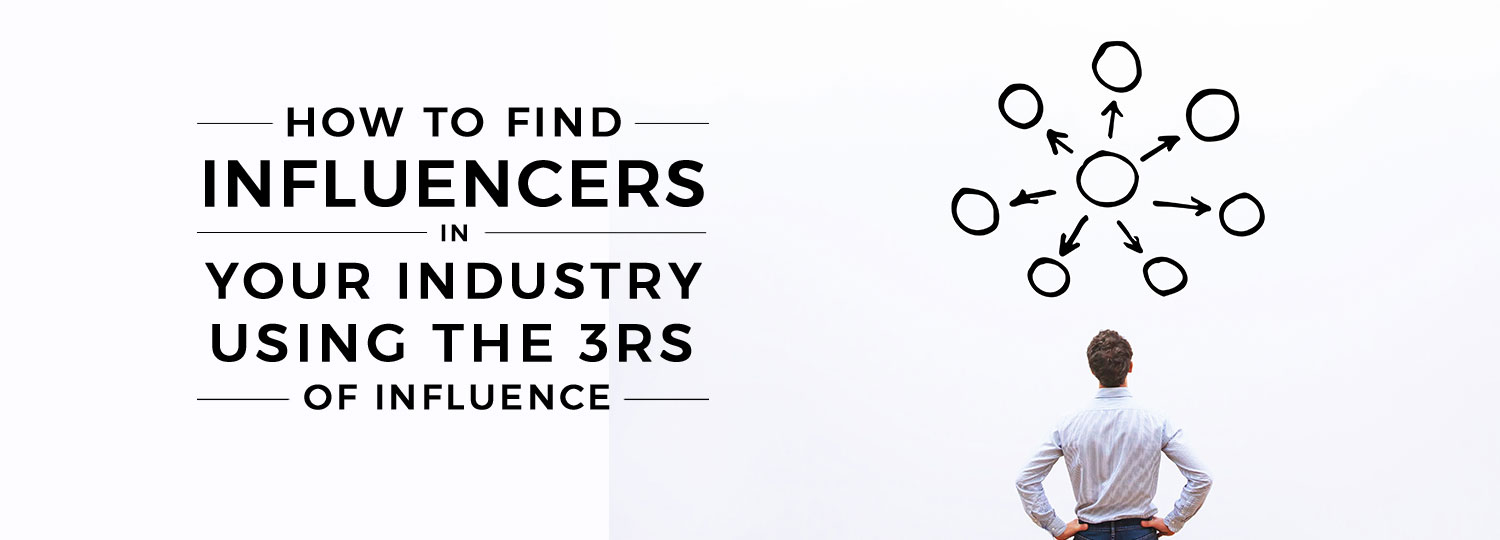How can you recognize influencer or the capacity of a social influencer?
No matter what type of business you are in, there are likely some people who could be considered influencers in your industry. Brian Solis from Altimeter has published a Framework on Social Influence not too long ago.
#1 Reach
Imagine you have painstakingly prepared the most compelling speech over weeks to convince people why your product is the best one around. However, you’re met with an empty hall with no audience. Even if you have a well-crafted message, nothing matters when there is simply no one to listen to it. The message is only as successful as the number of attentive people hearing it.
Are you getting heard?
The first step of influence lies in the reach: Does this influencer have sufficient reach? The right message will not make it anywhere if there is no one listening. To influence a crowd, there must first be an audience listening to you.
- How many followers does the influencer have?
- Is the audience real, consistent and growing?
- How many people will see your content?
Are you getting to the right people?
A large audience does not make an influencer necessarily the best— there are many other factors that matter too – the quality of reach, for example. Are these people your intended audience? Do the demographics or psychographics match your intended audience? It is as ineffective to send a message about the latest technology invention to large volumes of people who are unconcerned about it.
- Draft a list of your targeted audience’s characteristics, and compare it with the profile of the influencer’s reach, to determine if they’re a good match.
Reaching small, niche audiences is important too. The goal is to get people who have influence among your target buyers to write and talk about you in a way that generates buyer interest and enthusiasm for your product.
More than one platform
Does the influencer have influence beyond Instagram? Popular bloggers, for example, tend to have influence across platforms such as Twitter, Facebook and Instagram. Reaching out to these influencers will thus create a ripple effect that goes beyond one platform.
#2 Relevance
Is your content relevant to them?
To influence your audience, the content must first be something that they are interested in or are related to. To do so, the content must be relevant – either to your brand, or a topic that is close to your brand and relatable to your audience.
- How closely tied are your audience to the topic or event, what is in it for them? The best way to gain relevance is to listen. Discover your audience’s concerns and interests, and find out what motivates them.
Tip:
Focus on the customer, not the influencer. Remember that your aim is to make your customers buy your product or service – therefore it is ultimately them whom you should focus on reaching out to. Staying relevant to your influencer is very important as well, but bear in mind that your key audience is your customers.
#3 Resonance
Is your content engaging your audience?
Resonance is the duration, rate and level of interactivity around the content. High resonance ensures that more people will see each of your brand’s posts, therefore ensuring greater potential engagement with an audience.
- Is frequent posting enough to keep your audience engaged?
- Is your content fresh or stale?
- How many conversations surround your posts?
In short, look for someone who interests and engages the people you want to influence.
How to Find Key Influencers in Your Industry
Now that you’ve identified what you want in an influencer, how do you begin searching for your influencer?
#1 Narrow your tracking
Do you have an existing community of users on social networks already sharing about your brand? Identify the most popular hashtags. If there is no specific hashtag, try to identify the next best alternative (which is?) that represents your ideal community.
From these hashtags, you can find your existing community of users already talking about your product. You can also observe conversations about your brand to identify who leads them to find your influencer.
#2 Search via Blogs
One method to find influencers is to search for leading blogs online. You could conduct a generic search online, before zooming in to discover which blogs are thought leaders, producing content that your target audience is drawn to. Most of the influencers own a blog. These people can be leading content creators, industry leaders, creating conversations about topics related to your product or brand.
#3 Try Google
Develop a list of keywords to conduct general searches. Use Google to identify experts and a variety of influencer types that can range from commentators, analysts, industry leaders, bloggers etc. The goal is to find people who are leading conversations that you are interested in. From this, you can create your own list of influencers.
- Use Google Alerts to your advantage: Set up multiple Google Alerts for relevant keywords and receive news as it happens. This helps you to identify who are the people talking about the things you are interested in
Remember: Influence is contextual and it boils down to:
- Your topic
- Your brand
- Influencer’s network
Your ideal influencer weighs heavily on these three-pointers, what may not be the best for another brand may be your perfect fit.
Have you connected with an influencer to help with your business? If so, please share how you found them in the comments.


